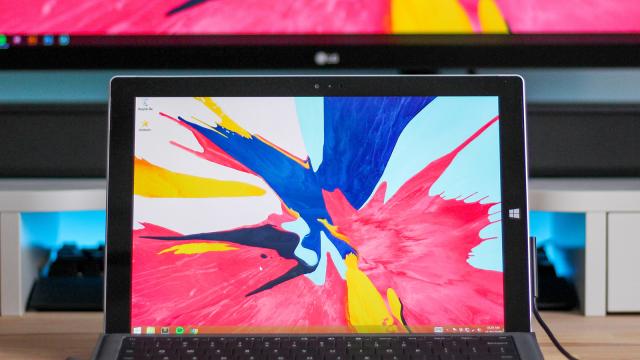Maybe you’ve got friends coming over to watch a movie, or you need your family to watch this one really great YouTube video. Or maybe you’ve just got a slideshow of photos to show off to no one at all because some of us are still stuck at home in the midst of a pandemic. Whatever the reason, you’d rather put your computer’s screen on the TV than watch something on a smaller laptop.
Luckily, we have multiple solutions for getting your computer’s screen on the TV with minimal fuss (and cash). It’s worth noting that most of these solutions will require either installing an additional app on your TV or buying additional hardware, either a set-top box, a dongle, or something as simple as an HDMI cable.
1. Chromecast
Good news: You can Chromecast from your computer. If you’ve got one of Google’s Android TV, which includes casting capabilities), you can send windows over to it from Windows and macOS ” as long as those windows are Chrome tabs. It works on Chromebooks, too, of course.
Dive into Chrome’s menu (click the three dots to the top right), then choose Cast. Pick your Chromecast from the list, and you should see your current browser tab show up on screen. You can switch to other browser tabs (and apps), but the Chromecast will continue to show the tab that you first cast from.
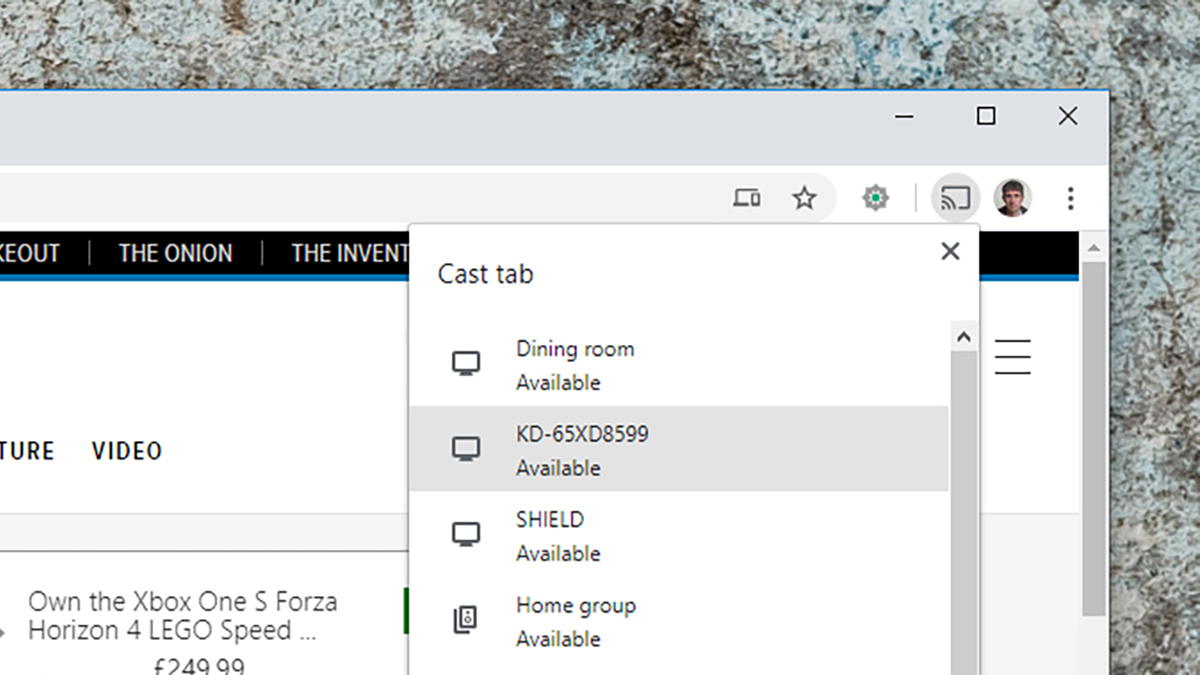
Because of the lag involved, this is better for websites and photos rather than videos, although some video sites (including YouTube) can interface with the Chromecast directly. You’ll see a Chromecast button on each YouTube video, which works just like casting something from your phone, so the video is pulled directly from the web, not from your laptop.
You don’t get a whole lot in terms of customisation options ” just a volume slider ” but it’s simple and works well. When it’s time to end the cast, click the Chromecast button that will have appeared on the toolbar, then select the device again and Stop casting.
2. AirPlay
If your computer runs macOS, and you have an AirPlay device ” like an Apple TV ” plugged into your television set, then getting your Mac’s display up on the big screen couldn’t be easier. It’s probably the simplest solution for those who are all-in with Apple hardware setups. Apple is now rolling out AirPlay support to a lot of smart TVs from other manufacturers, too, making this option even more widely available.
Assuming you’ve got your AirPlay device connected and configured, and it’s connected to the same Wi-Fi network as your Mac, it should appear automatically when you click the AirPlay button (the arrow pointing into the box) in the menu bar. Choose your AirPlay device, and the screen automatically extends to include the TV.
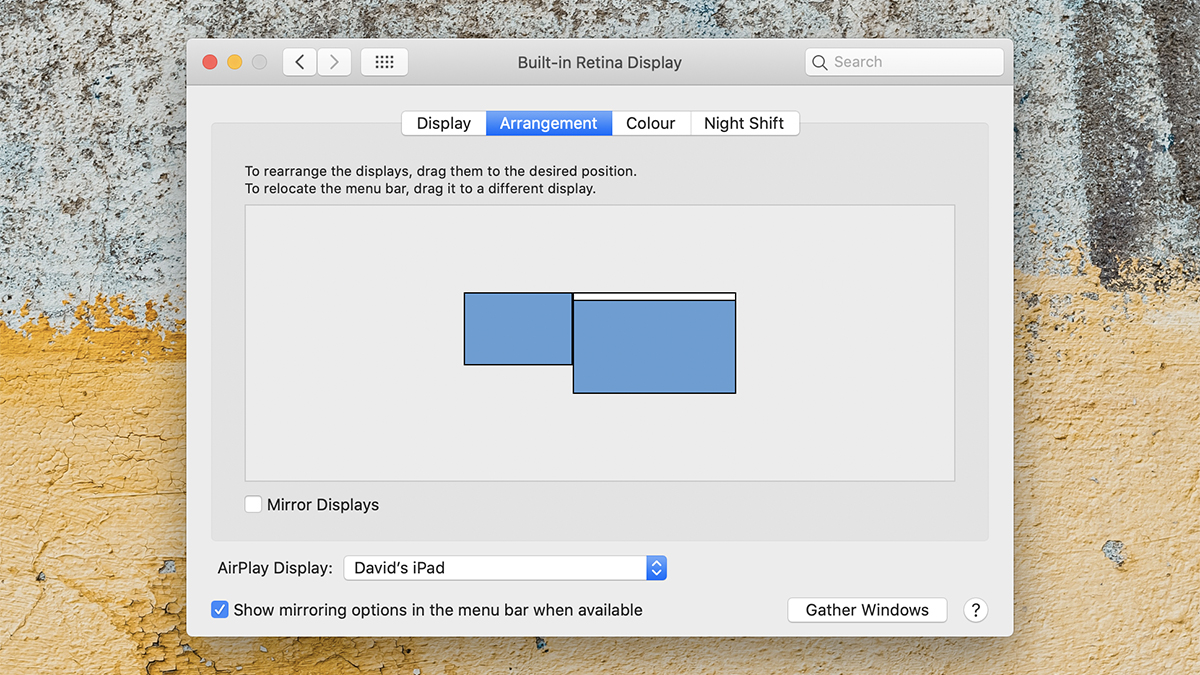
If you don’t see the icon, or to configure the feature further, open the Apple menu, then System Preferences, then Displays. You can opt to mirror your Mac screen on the TV, or use it as a second extended desktop (in which case you can use the Arrangement tab to position your screens). Tick the Show mirroring options box if you want to keep an AirPlay icon in the menu bar.
The mirroring is speedy enough to, for example, play YouTube videos. But the AirPlay button also appears in certain media apps, like QuickTime and iTunes, so you can broadcast videos directly from there. When you’re finished, click the AirPlay button on the menu bar again, then Turn AirPlay Off.
3. AirParrot
In some ways, AirParrot duplicates methods we’ve already talked about ” it needs an Apple TV or a Chromecast plugged into your TV to work, for example ” but it’s slick, packed with features, and offers a few extras that you don’t get with the standard Chromecast and AirPlay protocols.
It also works with Windows and macOS, and can be yours for $23. A free trial means you don’t have to part with your money before checking that it actually works on your system. It can beam your computer screen to other computer displays, or just send the audio to a compatible speaker.
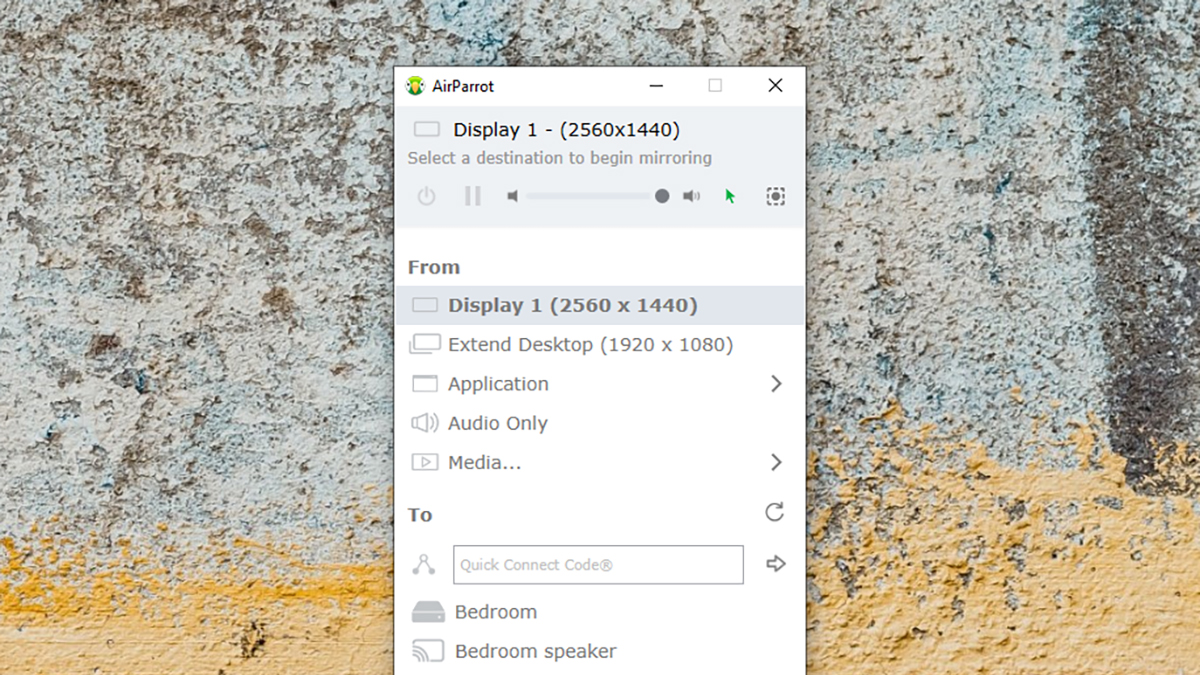
Once you install the software on your computer, it can detect compatible receivers on your local network, giving you the option of mirroring the screen of your laptop or desktop on the TV. You can also stream music, videos, and photos directly, similar to Plex, if you don’t want to mirror the whole screen.
What makes AirParrot a compelling alternative to native options like Chromecast or AirPlay is the ability to multiple devices at once. It also supports better quality streaming (including 5.1 surround sound), and it lets you hook up devices that would otherwise be incompatible (like an Apple TV and a Windows PC).
4. Miracast in Windows 10
If you don’t have any other available options for a Windows 10 wireless connection, you might want to consider buying a dedicated Miracast dongle. Microsoft will sell you one for $70, though you’ll find cheaper options elsewhere (just check the user reviews carefully before buying).
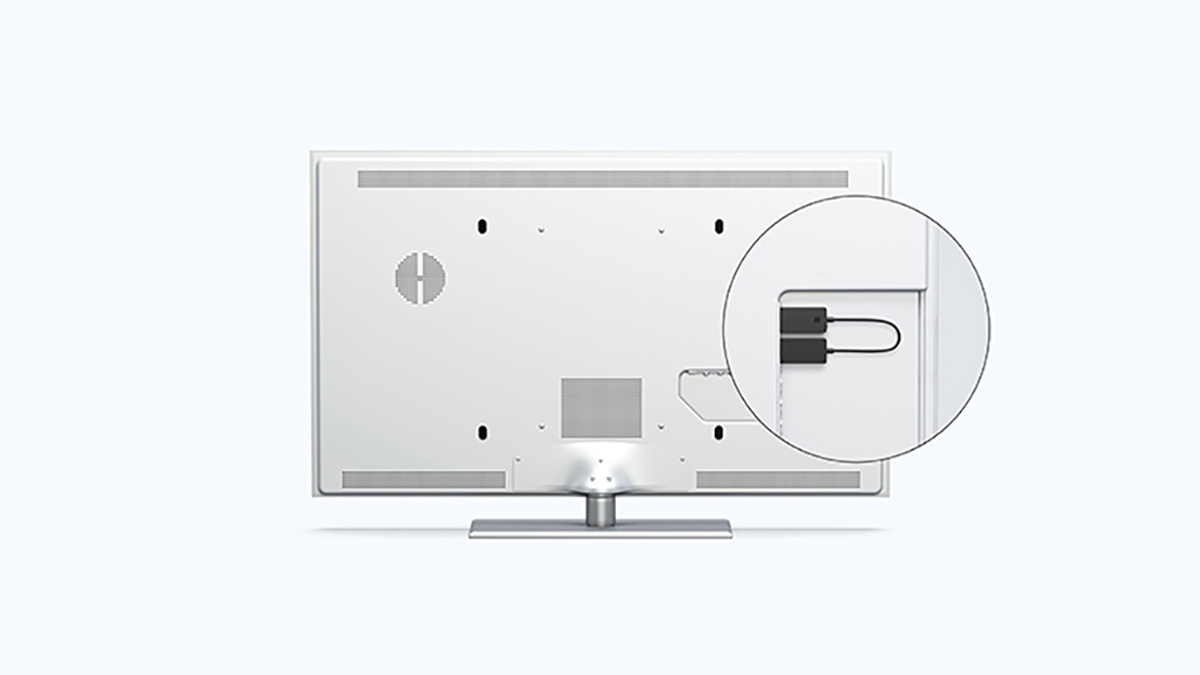
A Miracast adaptor like this will also let you mirror screens from Android devices, so that’s an extra bonus to consider if you’re thinking about buying. The range of the official Microsoft dongle is 7.01 m, or seven meters, so it should suit most setups.
Once your wireless adaptor is successfully plugged in and powered on (it needs a USB port for power as well as an HDMI slot), the connection process is the same as it is for the Roku. Go through the Action Centre, or open up Settings and click System, Display, and Connect to a wireless display to establish the link.
5. Cables
The last solution might be the simplest for many: Act like Wi-Fi was never invented and just hook your laptop up to your TV directly. You just need to have the right ports and cables available (and have a setup where you can get your computer close to your TV), but you’re guaranteed a fast and stable connection.
If your laptop and TV both have a spare HDMI port and you have an HDMI cable lying around, too, then you’re laughing. Connect one to the other and the second screen should be detected straight away.
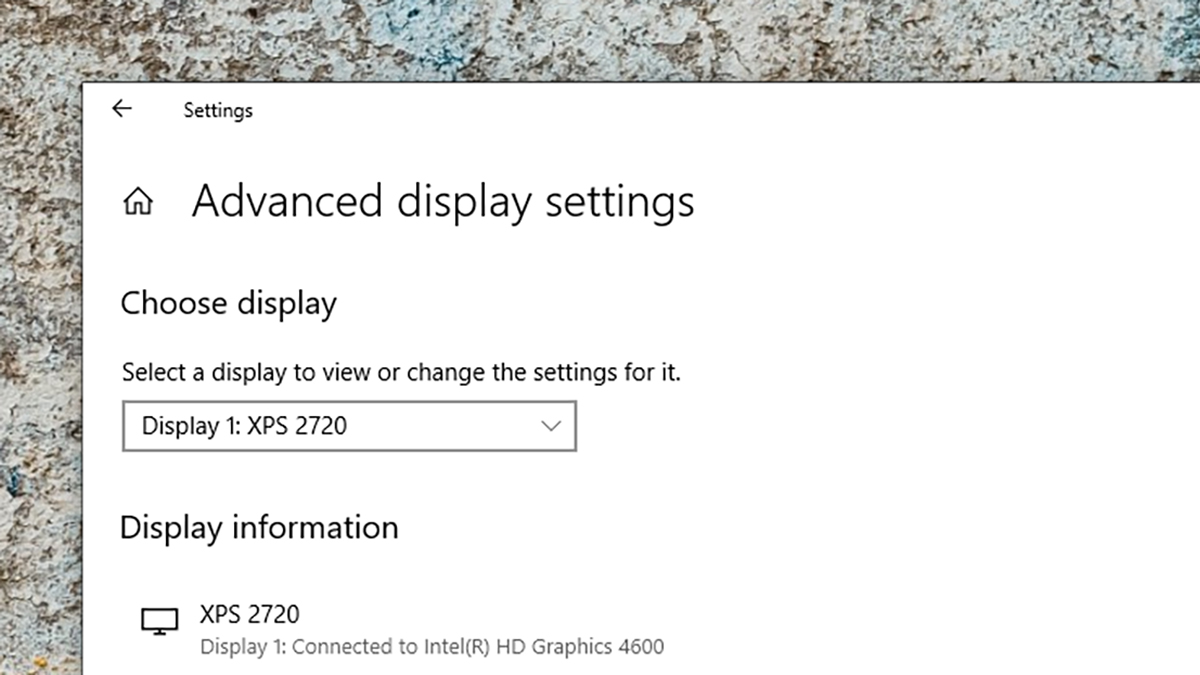
Both Windows and macOS are smart enough to give you the options of either mirroring your computer screen on the TV, or extending your computer screen and using the TV as a second monitor (so you’ll need to drag open windows over to it). In Windows Settings, click System then Display to configure your second screen the way you want it. In System Preferences in macOS, you need to choose Displays.
Many of the thin and light laptops have done away with HDMI ports, however, so you’re going to need an adaptor to convert your laptop’s video out port to HDMI (or whatever your TV accepts). It’s great for movies and anything where latency needs to be kept low, but you do need all the necessary bits and pieces ahead of time.
